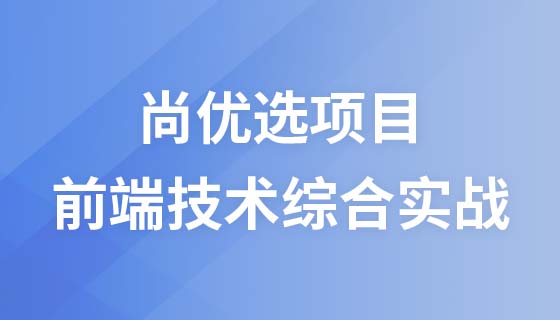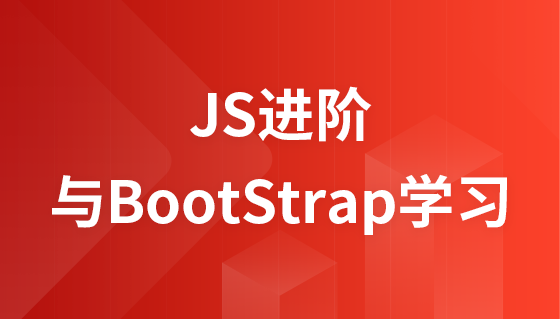
在ngrx架构中,store.dispatch()是触发状态变更的核心机制。当调用dispatch时,它会发送一个action对象到store。这个action会依次经过effects(处理副作用)、reducers(根据action类型计算新状态),最终更新store中的状态树。store.select()则用于监听store中特定状态切片的变化,并在状态更新时通知所有订阅者。
理解dispatch的执行流程对于避免潜在问题至关重要:
考虑以下代码片段,其中在store.select().subscribe()的回调函数内部连续调用了dispatch:
import { Subscription } from 'rxjs';
import { Component, OnInit, OnDestroy } from '@angular/core';
import { Store } from '@ngrx/store';
import { Router, ActivatedRoute } from '@angular/router';
// 假设的NgRx状态接口和Action类型
interface CountriesState {
region: string;
status: boolean;
}
interface TestState {
countriesState: CountriesState;
}
// 简化的Action类型
const Action1 = '[Region] Action 1';
const Action2 = '[Region] Action 2';
@Component({
selector: 'app-region',
template: `<p>Region: {{ region }}</p>`
})
export class RegionComponent implements OnInit, OnDestroy {
storeSubscriptions: Subscription[] = [];
region: string;
constructor(
private store: Store<TestState>,
private router: Router,
private route: ActivatedRoute
) {}
ngOnInit() {
this.storeSubscriptions.push(
this.store.select(state => state.countriesState).subscribe(state => {
this.region = state.region;
if (state.status === true) {
console.log('条件满足,准备 dispatch Action1 和 Action2');
this.store.dispatch({ type: Action1 });
this.store.dispatch({ type: Action2 });
console.log('Dispatch 完成,准备导航');
this.router.navigate(['/confirm-region'], { relativeTo: this.route.parent });
}
})
);
}
ngOnDestroy() {
this.storeSubscriptions.forEach(sub => sub.unsubscribe());
console.log('RegionComponent 已销毁,订阅已解除。');
}
}
// 对应的Reducer示例 (为了演示,假设Action2会将status重新设为true)
// export function countriesReducer(state: CountriesState = { region: '', status: false }, action: any): CountriesState {
// switch (action.type) {
// case Action1:
// console.log('Reducer 处理 Action1');
// return { ...state, status: false, region: 'Updated Region 1' };
// case Action2:
// console.log('Reducer 处理 Action2');
// // 假设 Action2 会将 status 重新设为 true,这可能导致循环
// return { ...state, status: true, region: 'Updated Region 2' };
// default:
// return state;
// }
// }如果Action1或Action2(或两者结合)导致countriesState.status再次变为true,并且该组件的订阅仍处于活动状态,那么this.store.select(state => state.countriesState).subscribe(...)的回调函数将会再次被触发。这将导致一个无限循环:状态改变 -> 订阅回调执行 -> 再次dispatch -> 状态再次改变 -> 订阅回调再次执行...
在上述示例中,router.navigate扮演了关键角色,它间接阻止了无限循环的发生。当this.router.navigate(['/confirm-region'])被调用时,通常意味着当前组件(RegionComponent)将被销毁,因为浏览器路由将导航到新的页面或组件。
Angular组件的销毁会触发ngOnDestroy生命周期钩子。在RegionComponent中,ngOnDestroy会遍历storeSubscriptions数组并调用每个Subscription对象的unsubscribe()方法。一旦订阅被解除,即使Store中的状态继续变化,该组件的subscribe回调函数也不会再被触发,从而有效地中断了潜在的无限循环。
注意事项:
关于“dispatch是否是同步函数”的问题,答案是:store.dispatch()本身是一个同步操作,它会立即将Action推送到NgRx的管道中。这意味着,在dispatch调用之后紧随其后的代码语句会立即执行,而不会等待Action处理完成或状态更新。
在示例代码中:
this.store.dispatch({ type: Action1 });
this.store.dispatch({ type: Action2 });
this.router.navigate(['/confirm-region'], { relativeTo: this.route.parent });this.router.navigate语句会立即在this.store.dispatch({ type: Action2 })完成其同步部分(即发送Action)之后被调用。它不会等待Action1和Action2在Reducers中处理完成,也不会等待store.select的回调再次触发。这就是为什么在原始场景中,第三条语句(导航)能够被正常执行的原因。
状态更新和subscribe回调的重新执行,虽然发生得很快,但它们是在当前同步执行栈清空后,通过事件循环机制异步发生的。
为了避免上述问题并确保NgRx应用的健壮性,请遵循以下最佳实践:
避免在subscribe回调中直接连续dispatch: 尤其当这些dispatch可能再次触发相同的select订阅时。这种模式通常意味着组件承担了过多的业务逻辑。
利用NgRx Effects处理副作用: 对于复杂的异步逻辑、数据获取、API调用以及需要连续触发多个Action的场景,应使用NgRx Effects。Effects是专门用于处理副作用的机制,它能够更好地管理Action流和响应链。
// 示例:使用Effect处理连续Action
// @Injectable()
// export class RegionEffects {
// loadRegion$ = createEffect(() =>
// this.actions$.pipe(
// ofType(RegionActions.loadRegion),
// concatMap(() => [
// RegionActions.action1(),
// RegionActions.action2()
// ])
// )
// );
// constructor(private actions$: Actions) {}
// }严格管理RxJS订阅:
使用ngOnDestroy: 确保在组件销毁时,所有通过subscribe创建的订阅都被解除。
使用takeUntil操作符: 这是管理订阅生命周期的推荐方式,它能自动在特定Observable发出值时解除订阅。
import { Subject } from 'rxjs';
import { takeUntil } from 'rxjs/operators';
@Component({...})
export class RegionComponent implements OnInit, OnDestroy {
private destroy$ = new Subject<void>(); // 用于发出销毁信号
ngOnInit() {
this.store.select(state => state.countriesState).pipe(
takeUntil(this.destroy$) // 当destroy$发出值时,自动解除订阅
).subscribe(state => {
// ... 你的逻辑
});
}
ngOnDestroy() {
this.destroy$.next(); // 发出销毁信号
this.destroy$.complete(); // 完成Subject
console.log('RegionComponent 已销毁,订阅已解除。');
}
}使用take(1): 如果你只需要订阅一次,例如获取当前状态快照,可以使用take(1)。
this.store.select(state => state.countriesState).pipe(
take(1) // 只取第一个值,然后自动解除订阅
).subscribe(state => {
// ... 你的逻辑
});明确状态变更条件: 在subscribe回调中触发dispatch时,确保条件判断足够严谨,避免无意中触发导致状态回滚或循环的Action。
在NgRx中,store.dispatch()是一个同步操作,它会立即将Action推入管道,后续代码会立即执行。然而,Action处理(Reducer更新状态)和store.select()订阅者的回调执行是异步发生的。在store.select().subscribe()回调中连续dispatch,如果这些Action会导致订阅条件再次满足,且订阅未被解除,则极易引发无限循环。虽然组件销毁(如通过路由导航)可以间接中断这种循环,但这并非一种可靠的解决方案。最佳实践是利用NgRx Effects处理复杂的副作用和Action链,并始终通过ngOnDestroy结合takeUntil等RxJS操作符显式管理订阅生命周期,以确保应用的稳定性和可维护性。
以上就是深入理解NgRx中连续dispatch的执行机制与潜在陷阱的详细内容,更多请关注php中文网其它相关文章!

每个人都需要一台速度更快、更稳定的 PC。随着时间的推移,垃圾文件、旧注册表数据和不必要的后台进程会占用资源并降低性能。幸运的是,许多工具可以让 Windows 保持平稳运行。




Copyright 2014-2025 https://www.php.cn/ All Rights Reserved | php.cn | 湘ICP备2023035733号